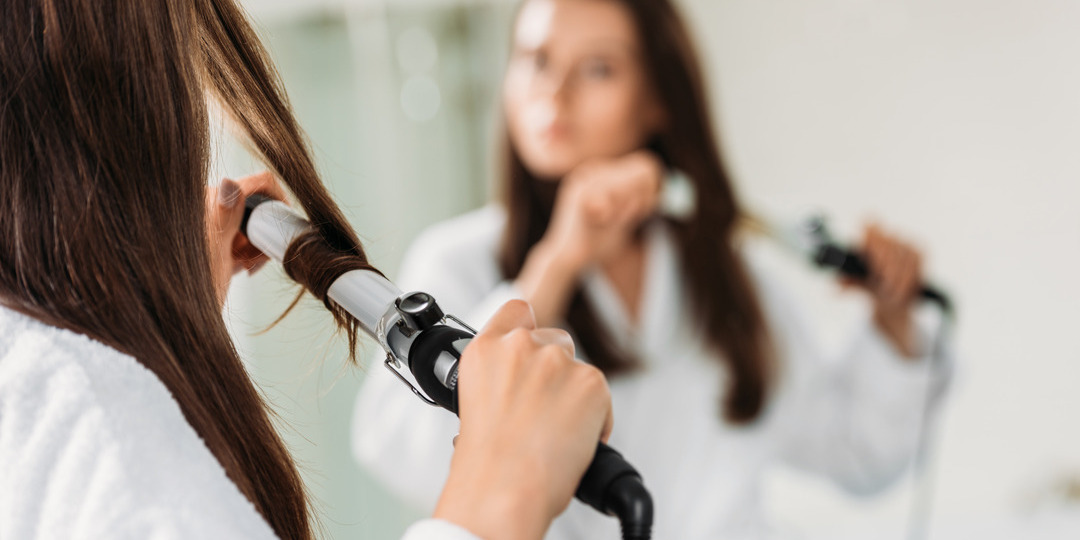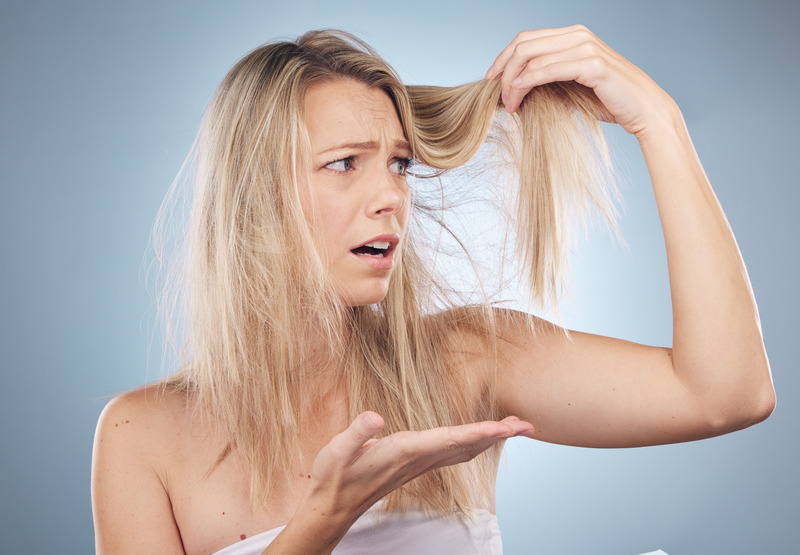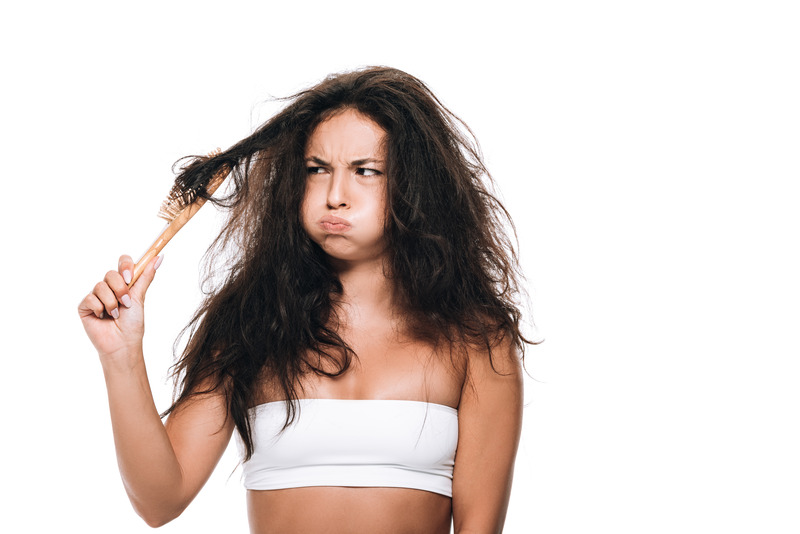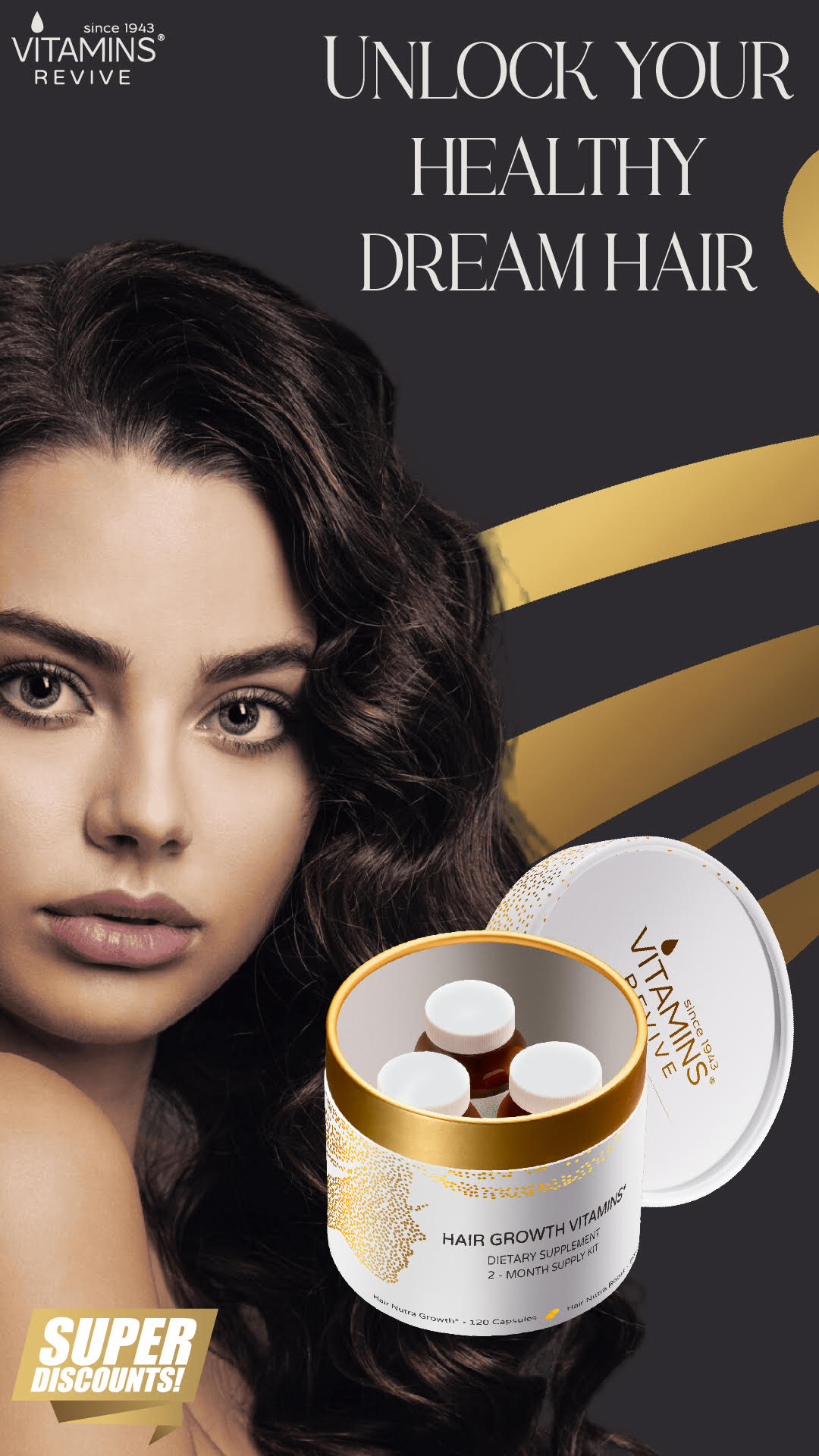
We all love perfect locks and looks. In the quest for it, we use styling tools to achieve that look, but it comes at a price. Styling tools and chemical treatments, including blow drying, straightening, coloring, or bleaching, can cause heat-damaged hair.
Depending on your hair type and treatment, you can fix heat-damaged hair. The good news is there are home remedies that help heal, restore, and nurture your hair back to health.
Let’s learn more about how damage happens and how to counter it. Shall we?
What Is Heat-Damaged Hair
We use heat to style our hair, including straight irons and curlers, and blow drying our hair. Even using hair colors and bleach can damage the hair and, when left for longer durations, can fry it.
It’s also considered heat-damaged hair and can often be identified with specific vital markers. Heat-damaged hair is dull, dry, and looks dehydrated.
It’s also weak and prone to breakage; there’s no luster, and hair is rough and tangled easily. Split ends, dandruff, and hair loss are other common problems with heat damage.
Generally, the hair’s cuticle raises due to excessive heat and styling, leaving it prone to moisture loss or seeping in of unwanted ingredients. The good news is that it’s possible to treat heat-damaged hair with natural remedies, and as long as you’re willing to put in the consistent effort it takes, you can repair heat-damaged hair and improve hair health.
5 Home Remedies to Repair Heat-Damaged Hair

Heat styling tools leave your hair dry, dull, damaged, and dehydrated. Try these home remedies to repair and restore your hair to health and sheen.
These remedies are beginner-friendly and easy to prepare or adapt to your hair care routine.
Deep Conditioning Treatments
Deep conditioning treatments are done by coating hair with nourishing and conditioning ingredients or products. They restore your hair’s strength and moisture levels and combat styling or heat damage.
It improves hair elasticity and resilience and nourishes hair back to health.
Deep Conditioning Avocado Mask
Many recipes exist, but avocado is widely used and recommended especially for damaged, dehydrated, dull hair. Combining it with other nourishing ingredients can leave you with stronger, healthier, shiny hair.
Ingredients
Avocado – 1/2
Yogurt – 1 Cup (or) Egg – 1
Olive Oil – 1 Tbsp.
Honey – 1 Tbsp.
Argan Oil – 1 Tsp.
Instructions
Mash the avocado or run in your blender with yogurt for a smooth paste.
Add it to a mixing bowl and add other ingredients – olive oil, honey, and argan oil.
Mix well to combine.
Usage
Apply the prepared mixture on your hair and scalp – start from your roots and go to your tips.
Cover your head with a shower cap and let it sit for 25 – 30 minutes.
Rinse off with cold water and shampoo with a mild and gentle shampoo.
Air dry and style as usual.
Notes
You can use egg, avocado, and yogurt in this recipe.
You can add 1/2 – 1 Avocado, according to your hair length.
You can add more or less yogurt according to your hair length. Choose plain and unflavored yogurt for this recipe.
You can add essential oils if you prefer.
You can also add a ripe banana for added shine and nourishment.
You can use other conditioning oils like avocado, coconut, etc.
Other conditioning ingredients include Shea Butter, Aloe Vera, Glycerin, Castor Oil, etc.
Natural Oil Treatments
Oils are not only nourishing; they also condition and strengthen hair. You can use oils like coconut oil, olive oil, argan oil, castor oil, sweet almond oil, Jojoba oil, etc.
Depending on the oils chosen, the properties vary slightly. Also, oil treatments are accessible, adaptable, and customized according to one’s preference and requirements.
Chosen oil(s) can be warmed slightly and applied to hair and scalp. Massaging the scalp for a few minutes can help improve the overall results.
A warm, wet towel can be wrapped after applying the oil. Let it sit for an hour or two before washing it off. Air dry and style as usual.
You can use one oil or a blend of oils according to your preference and requirements. Since this is a pre-shower treatment, you can add dense oils like castor oil.
If you’re adding essential oils or argan oil, add it after it is warmed and ready for use.
DIY Protein Treatments
Protein treatments nourish your hair, restore and replenish lost proteins, and strengthen hair. It replenishes the natural proteins in your hair and helps restore natural bonds.
DIY protein treatments are ideal for combatting hair breakage, repairing damaged hair, nourishing hair follicles, and promoting hair growth.
Protein Rich Egg Mask
Rich in protein, the critical component of hair, eggs help strengthen hair. Yogurt is rich in lactic acid and fat from milk, besides a good dose of protein.
Together, they make your hair stronger and shinier and restore dry and damaged hair to health.
Ingredients
Eggs – 2
Yogurt – 1/2 Cup
Instructions
Whisk the egg thoroughly.
Now, add in the yogurt and mix well to combine.
Usage
Apply the mask on your hair and scalp and let it sit for 20 minutes.
Cover your head with a shower cap to prevent spills.
Rinse off and shampoo with a mild shampoo.
Air dry and style as usual.
Notes
You can add aloe vera gel to this mask.
You can add your favorite essential oils to combat the egg smell.
Consider rinsing off with a clarifying rinse like apple cider vinegar.
Cool-Mist Humidifier
We never even consider a humidifier in our list of solutions or remedies for heat-damaged hair. But this humble device can do a world of good, especially during the harsh winter months.
Humidifiers retain moisture in the air and help prevent dryness, especially during winter. Prevention of drying is the first step towards restoring heat-damaged hair to health.
Bond-Building Products
Hair bonds are responsible for our hair’s shape, elasticity, strength, and shine, key traits that make our hair look healthy and lustrous. When the bonds break, hair becomes weak, brittle, and damaged.
This happens due to excessive styling, resulting in heat damage. Bond-building products can help rebond hair and repair hair, strengthening it and preventing further damage.
Examples of bond-building products are keratin or protein treatments for hair. These products can be tried to repair or restore damaged hair or prepare hair-bonding recipes at home.
Preventing Heat Damage
Heat protectant is recommended there for a reason. While avoiding styling tools is sometimes impossible, there are ways to minimize or combat hair damage.
Using heat protectants is one step to minimize or avoid damage when you can’t avoid hot styling tools altogether.
Chemically treated hair is often damaged due to frequent coloring, bleaching, or leaving it on for longer durations. Like hot oil treatments, treatments that restore hair’s natural oils and nurture hair to health can significantly help.
Making it part of your hair care routine is a good idea. Consider avoiding blow dryers for drying your hair and air drying instead.
If you don’t have time, consider using it in cold settings. Consider applying a nourishing and conditioning hair mask at least once a week to restore the health of your hair and scalp.
Hair masks nourish and strengthen your hair, making it less vulnerable to damage. Consider sun protection while stepping out during scorching hours. You can wear a hat, scarf, or sun protection aid meant for hair.
When to Seek Professional Help

While there are many home remedies, different remedies work differently for individuals. Home remedies thus involve trial and error to identify the fit for your needs and requirements.
Also, it takes longer than professional deep conditioning treatment done at salons. When you don’t see results with home remedies for an extended period, it’s time to consult a professional to identify and resolve the issue before things worsen and spiral downward irrevocably.
Bottom Line
Heat damage is real and can often leave your hair with irreversible repercussions. Identifying signs of heat damage early on and adopting a preventive and therapeutic holistic regimen to nurture your hair back to health.
We all crave healthy hair but compromise hair health through styling and improper hair care. Try these home remedies to mitigate, prevent, or reverse heat damage and restore damaged hair to health.
Let us know how you like these remedies and how they work out. Don’t have time for DIY recipes for your hair care? Don’t worry; we have you covered with a range of premium vegan hair care cosmetics from Vitamins Revive.
Check out their online store to learn more about their products. Feel free to write back to us with any questions, requests, or feedback. We love hearing from you.
FAQs
How long does it take to restore heat-damaged hair?
The time purely depends on the extent of damage and the methods deployed or efforts taken to restore hair health. Less intense damage can be worked on, and the restoration can happen in a few weeks, though the results can take longer for more severe damage.
Can damaged hair be restored to health?
Not always. Prevention of damage is the best remedy. But it doesn’t always work that way. Styling has become a part of life, and the cost we pay is damage. However, the extent of repair depends on the extent of damage. Some damages are irreversible.
How to prevent heat damage?
Using a heat protectant is paramount when protecting hair from heat damage. Using a leave-in conditioner, protecting hair from external elements, trimming regularly, reducing styling, and investing in a conditioner are other steps to prevent heat damage.
Can we comb wet hair?
No, not. Hair is vulnerable when wet and can break off easily. If you must detangle because it’s easier to detangle when wet, consider detangling with your fingers and refrain from using a comb.
Should we condition the hair after shampooing?
Conditioning is essential to restore lost moisturization during shampooing. Conditioner is best applied to your locks; avoid using it on your scalp. Conditioner is most needed at the tips.









